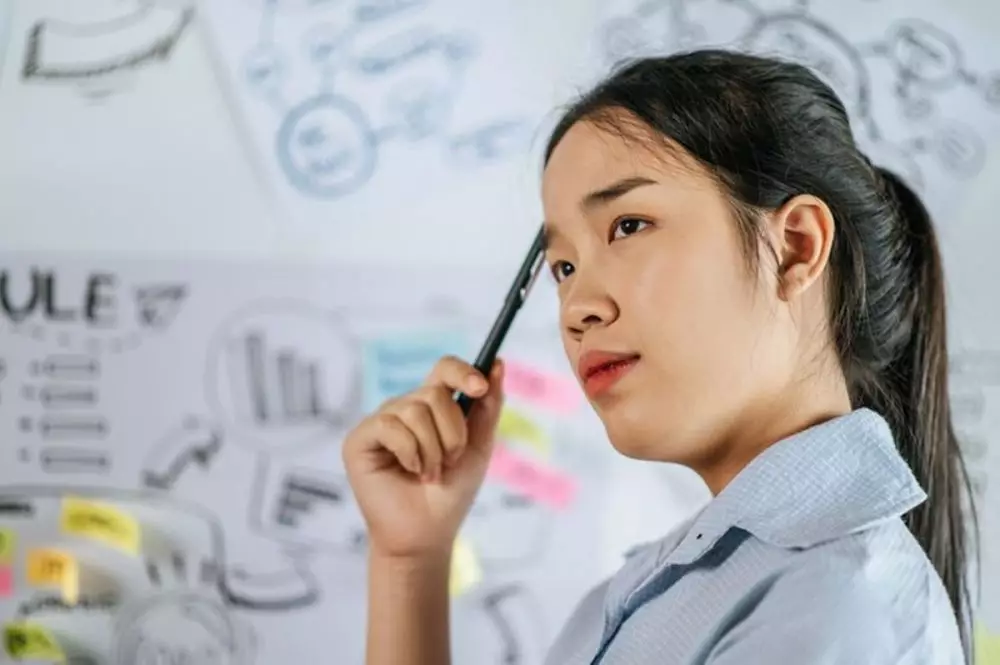Freepik.com
Brilio.net - Critical thinking is the ability to analyze information in depth, evaluate evidence, and make logical decisions based on facts. People who apply critical thinking tend to be more objective, not hasty in making decisions, and are able to consider various points of view before drawing conclusions. Critical thinking is very important in everyday life, both in personal decision making, at work, and in social interactions.
Critical thinking skills allow a person to avoid making judgments based on emotions and assumptions alone. Critical thinking requires a person to be skeptical of the information received, but this does not mean being suspicious of everything. Instead, it is the process of examining information carefully and looking at it from various angles to determine its truth. This is important in a world full of news, opinions, and data that may be contradictory.
In the workplace, critical thinking helps someone to identify problems more accurately and find effective solutions. Leaders who are able to think critically tend to be better at managing teams because they can make decisions based on mature analysis, not just intuition. In addition, this skill is also needed in the innovation process, where someone is required to see new opportunities or solve problems in different ways.
Outside of work, critical thinking is also useful in social and personal relationships. When faced with conflict or differences of opinion, the ability to think critically allows a person to remain calm and find a wise solution, rather than reacting emotionally.
The following are 10 actions or deeds that apply critical thinking, along with examples, as brilio.net collected from various sources on Friday (6/9).

the act of applying critical thinking
2024 Freepik.com/Various Sources
Example: Before spreading news received from social media, a person ensures the authenticity and truth of the information through trusted sources such as official news sites or scientific journals. This avoids the spread of hoaxes or misinformation.
2. Ask the right questions.Example: When listening to a presentation, a person does not simply accept the information given. They ask clarifying questions, such as What evidence supports this argument? or Were any alternative views considered?
3. Analyze causes and effects.Example: In a team project, when there is a problem with the deadline, someone thinks critically by finding out the root cause of the delay and how it impacts the entire team. This helps find the right solution, for example by changing the workflow or resources used.
4. Filter facts from opinions.Example: When reading a news article, a person separates the facts presented from the author's opinion. They are not influenced by the author's personal opinion, but focus on the data and evidence presented.
5. Look for alternative solutions.Example: In a situation where an existing solution seems ineffective, a person uses critical thinking to consider other alternatives. For example, if a marketing strategy is not achieving its targets, they analyze the possibility of using a new digital platform or changing the campaign message.
6. Investigate the truth of the statement.Example: When someone makes a claim about a product, such as this product is the most efficient, a critical thinker will look for evidence to support the claim. They might research product reviews, request case studies, or seek information from independent sources.
7. Identify bias.Example: When reading a political editorial, a person is aware of the author's bias that may favor one side. They consider information from various political perspectives to get a more objective picture.
8. Make decisions based on data.Example: A manager has to choose a new sales strategy. They do not rely solely on intuition, but use previous sales data, market trends, and customer feedback to make more accurate and informed decisions.
9. Do self-reflection.Example: After completing a project, a person takes time to reflect on what went well and what could have been improved. They not only look for external errors, but also evaluate whether their personal decisions contributed to the project's problems or outcomes.
10. Recognize incorrect assumptions.Example: In a team discussion, someone realizes that a decision was made based on an untested assumption, such as Customers will love this new feature. A critical thinker would ask whether the assumption is true or just a guess that is not supported by research.
(brl/psa)